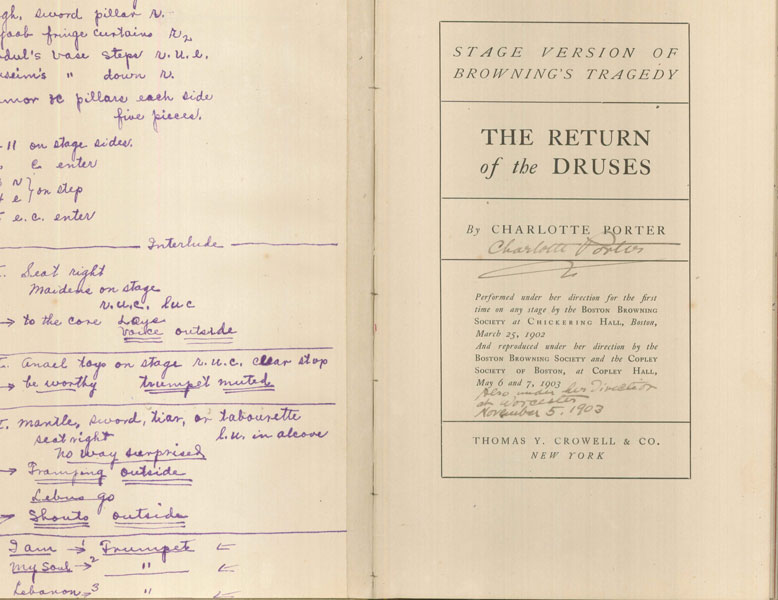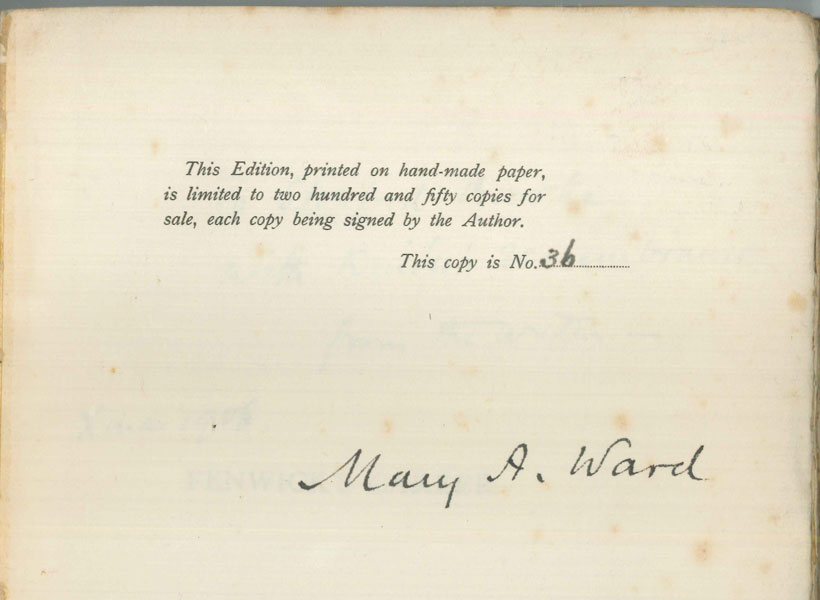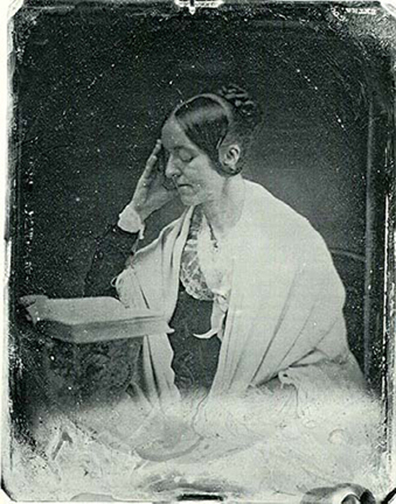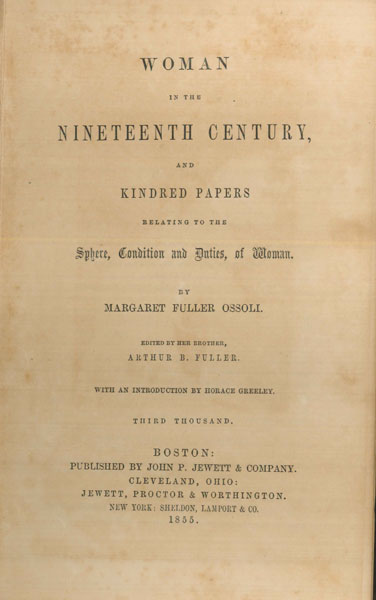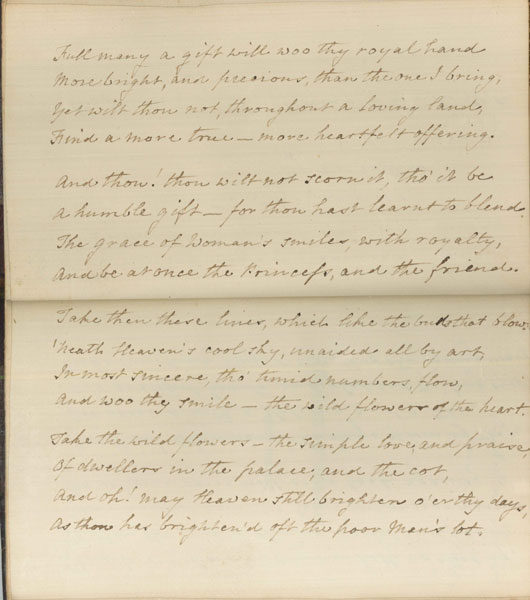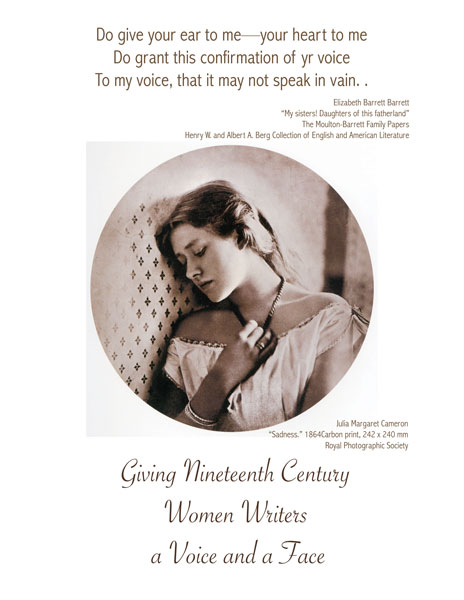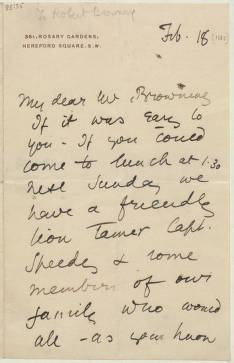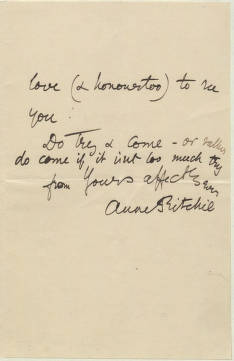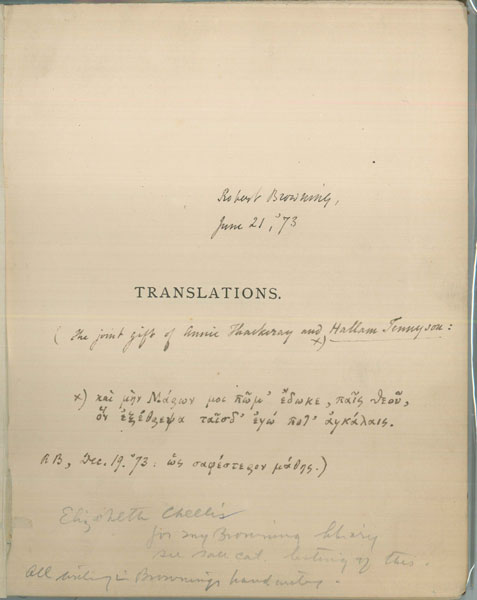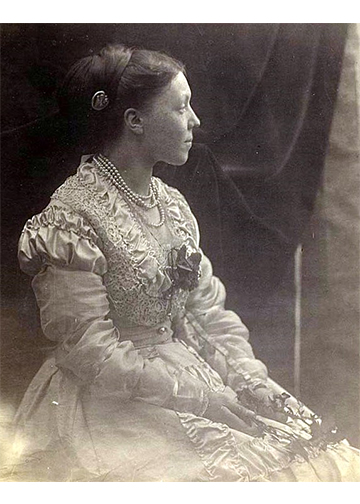Margaret Mary Julia ‘Daisy’ Ashford was born on 7 April 1881 in Petersham, Surrey. At the age of nine, she wrote her first novel, The Young Visiters (or Mr Salteenas Plan), a comic story involving both class and romance in nineteenth-century England. Though Daisy wrote the novella in 1890, it was not published until 1919, at which time it gained immense popularity and was deemed a masterpiece, original spelling mistakes and all. The short book was received warmly by the public because of Daisy’s unique perspective on society seen through the eyes of a child, so much so that it was adapted into a play in 1920 and then into a musical in 1968. Although The Young Visiters was Daisy’s first book, it was not her first stab at story-telling. At the age of four, she began dictating stories to her father who would write them down for her.
Daisy Ashford. The Young Visiters. New York: George H. Doran Company, 1919.
Daisy ceased writing during her teenage years as her family moved around, and she began working as a secretary in London. Daisy married James Devlin and moved with him to Norfolk. After the publication of Visiters in 1919, several of her other stories were published the following year. But Daisy did not begin writing again until much later when she began her autobiography, which she would destroy before her death in 1972.
Perhaps the most fascinating note about Daisy’s career is her status as a child prodigy. Although some have criticized her early work as naïve and juvenile, it is not often that one becomes famous based on their work as a nine year old girl.
 Elizabeth Barrett Browning, born seventy-five years earlier than Daisy Ashford, displayed an even more exceptional aptitude for her craft at a remarkably early age. Elizabeth began writing poetry at the age of four and became one of the most revered female writers of the nineteenth century. Just as Daisy was creating stories with her family at an early age, Elizabeth Barrett Browning spent her childhood years creating poetry whenever she had the opportunity. At the age of twelve, Elizabeth wrote the following poem while riding in a carriage with her family to visit her sister who was recuperating at the beach. The last line of the poem presents an interesting twist. The Armstrong Browning Library holds the unpublished poem written in one of Elizabeth’s delicate notebooks.
Elizabeth Barrett Browning, born seventy-five years earlier than Daisy Ashford, displayed an even more exceptional aptitude for her craft at a remarkably early age. Elizabeth began writing poetry at the age of four and became one of the most revered female writers of the nineteenth century. Just as Daisy was creating stories with her family at an early age, Elizabeth Barrett Browning spent her childhood years creating poetry whenever she had the opportunity. At the age of twelve, Elizabeth wrote the following poem while riding in a carriage with her family to visit her sister who was recuperating at the beach. The last line of the poem presents an interesting twist. The Armstrong Browning Library holds the unpublished poem written in one of Elizabeth’s delicate notebooks.
Ye nymphs I know not all your names by rote
Bear to your King the cargo of my boat
And as you e Heavenly spirits light of Neptune’s Daughters
Hang on each wave & frolic on the waters
Pray Attend my prayer oh ye of birth divine
And let the talisman desired be mine
That I may not your sanction beg in vain
Oh let me riot in thy your wide domain
Ah bid your [Sire] not take some other whim
Attend my prayers! And teach me now to swim
Two young women with the ambition, dreams, and abilities to create such poignant and lasting works of art while still in their childhood are a testament to the power of imagination. These amazing women were able to create and share their art, overcoming the different obstacles they faced along the way, including trying to gain merit as female writers and being taken seriously as children with profound thoughts to share.
Chicanya Njeh
Bethany Navarre
Melinda Creech





